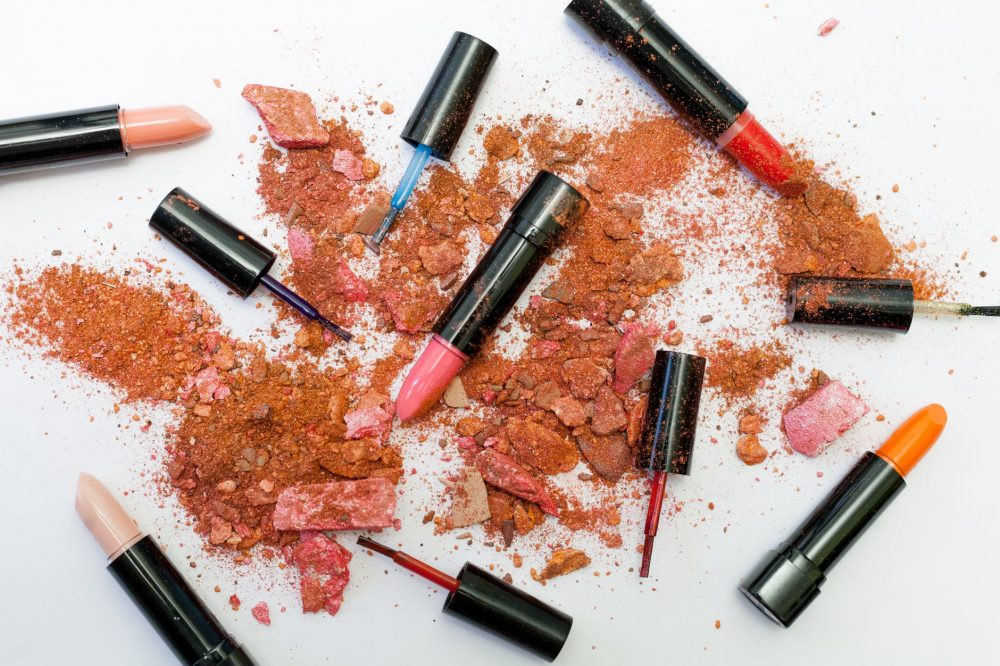Rigorous testing is one of the most critical parts of the registration process that products must undergo to be approved into the EU. If you’re trying to release cosmetics products to sell, you are required to pass all three test categories for approval. This keeps quality control high, proves that you are compliant with all regulations and that your product is safe to use for the indefinite future.
Standard consumer testing comprises three different types: physical, challenge, and compatibility. These three tests can be a very time-consuming process, but it’s necessary to prove that your product meets or exceeds safety standards based on the Cosmetics Regulation (EC) 1223/2009. Here are the three primary types of testing for cosmetics products.
1. Physical, Microbiological, and Chemical Testing
The good manufacturing practice, or GMP, mandates every cosmetics product to be tested for its physical, chemical, and microbiological properties. This upholds the quality and safety of the product. Microbiological testing includes the overall count of organisms like mold, yeast, or bacteria, which must be below a certain level based on where the cosmetics product is intended to be applied. For example, products used on mucous areas (like around the eyes) must contain lower limits than those designed for the surface of the skin. There are only two maximum bacterial/microbial limits allowed for cosmetics; however, it depends on the type of product being tested.
2. Challenge Testing
Challenge testing is a requirement for all cosmetics products at risk for microbial or bacterial growth during normal consumer storage and use. A good example of this is mascara, which typically only has a shelf life of three months before it should be thrown away due to bacterial and microbial growth. Many companies choose to use preservatives to increase the amount of time the product can be stored and reduce contamination during use. The challenge tests ensure that the cosmetics company has taken steps to combat bacterial and microbial growth in their product.
3. Stability and Compatibility Testing
Stability Testing
Stability and compatibility testing go hand in hand. Stability testing is conducted to ensure that the cosmetic under evaluation can hold up for the long term, keeping its high standard of quality in terms of physical, chemical, and microbiological properties. It also must retain its quality of aesthetic and overall good functionality and ability to be used when stored correctly. However, there’s no one-size-fits-all for this type of testing. It varies depending on the product that’s being tested: what type it is, what it’s meant for, where it’s applied, etc. However, all products undergo general testing, like color, scent, and texture. Cosmetics products are also tested under certain conditions like fluctuating temperatures and close monitoring throughout their shelf life. So, if your product has a three-year-long shelf life, it must undergo testing for three years to ensure that it’s still safe at the end of that period.
Compatibility testing
Compatibility testing is like stability testing because there’s no universal test that applies to every different product. However, most of the compatibility tests’ conclusions are based on how the product was produced, its packaging materials, and expert judgments and findings. Both compatibility and stability testing require a conclusion report at the end that contains all the pertinent information and test results. This can include the packaging material used in the test, the lab conducting the tests, a detailed description of the testing methods used, and the experimental conditions. Suppose you change your product, like reformulating it entirely or changing the manufacturing process or packaging. In that case, you must undergo stability and compatibility testing once again.
Cosmetic Product Testing is an Essential Part of Getting Accepted into the EU
Any cosmetic product that hopes to be registered and accepted into the EU market must pass these three tests, undergoing physical, challenge, and stability/compatibility testing. It’s not only taking the test, though; you also have to actually pass before you can legally sell your product on the EU market. However, this is an essential part of the process. It helps keep quality and safety standards high and reduces the chance of inferior products making it to consumers and possibly harming them. Though it may be time-consuming, it’s a crucial part of selling cosmetics.

